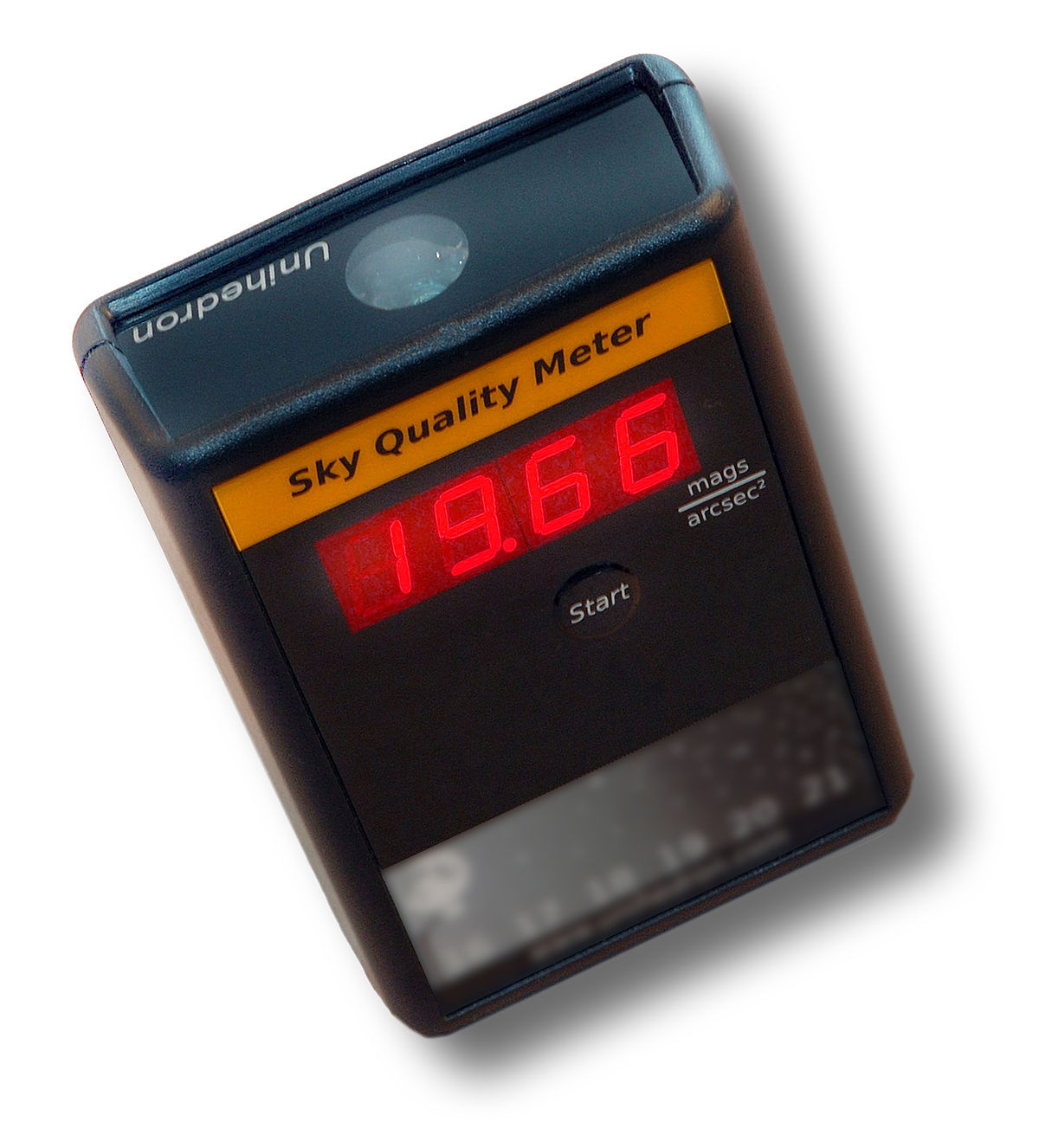WHERE?
Identify a Site (10s to 100s m long) characterized by the presence of artificial structures (e.g., jetties, pontoons, pier pilings, seawalls, riprap revetments, bulkheads..) and including both artificially lit and dark areas (stretches of about 10-15 meters each). Consider 1 (if available, better 2 or more!) artificially lit area and 1 (if available, better 2 or more!) dark area at each site. If multiple areas are available, they should be ideally spatially interspersed. Please, record latitude and longitude of the site!
WHEN?
At each of 2 random dates* during the Summer season and at each of 2 random dates* during the Winter season, both night and day sampling is expected (ideally within 24/48h). *dates must be stratified within a ‘new moon period’, in order to have at least 4-5 dark hours (see the following paragraph on Night sampling)
HOW?
Night sampling (sampling should be started at least 1 hour after sunset/moonset and ended 1 hour before sunrise/moonrise) (http://app.photoephemeris.com/?ll=43.540552,10.299137¢er=46.3168,0.6107&dt=20160319003400%2B0100&z=4&spn=37.53,117.50).
- Characterization of the lightscape: measurement of the sky brightness (SQM, not under lamps in lit areas) and light intensity (lux meter); description of the type of lamps at lit areas (sodium/LED/halogen/.. as well as colour of the light); if available, measurement of the multispectral and multidirectional properties of the direct artificial light at night (LANcube). Please record the time of sampling! Visit the ‘Instrument’ page for purchase and correct use of both SQM and luxmeter.
- Estimate of density of crabs: count (and determination of the species) of any individual crab observed along a transect 15m long (i.e., each area’s length). The use of a red (head)lamp is suggested in order to reduce the disturbance of crabs at dark areas. Please record the time of sampling!
Day sampling (sampling should be done within 24/48h before or after the night sampling)
- Estimate of the abundance of macroalgae and invertebrates in 5 replicate random quadrats. Sampling method: 20x20cm or 50x50cm, depending on the size of your species. Percentage covers of sessile organisms will be estimated using a plastic frame (the size of your quadrat) divided into 25 sub-quadrats of 2 × 2 cm that were given a score from 0 to 4 (0 ≈ 0% coverage, 1 ≈ 25%, 2 ≈ 50%, 3 ≈75%, 4 ≈ 100%) for each taxon in each sub-quadrat. Final covers will be obtained by summing scores over the 25 sub-quadrats (Dethier et al. 1993), for a maximum score of 100. For mobile animals, density will be estimated as the number of individuals per quadrat.
Additional sampling
- Repeat the night sampling at each of 2 random dates* during the Summer season and at each of 2 random dates* during the Winter season, across a ‘full moon period’, in order to have at least 4-5 hours with (almost) full moon.
HOW TO SAVE DATA?
Please, use this form
INSTRUMENTS
LUX meterhttps://uk.rs-online.com/web/p/light-meters/1232220/ (for the English market);https://it.rs-online.com/web/p/luxmetri/1232220/ (for the Italian market) How to correctly use a lux meter: please, position your instrument as close as possible to the substrate

SQM (Sky Quality Meter)http://unihedron.com/projects/sqm-l/ How to correctly use a SQM: please follow these simple but key rules.
1) choose a dark night (i.e. with no moon, meaning after 1/1.5 hour after sunset or before sunrise. Consider the same time period for the rising or descent of the moon) with no clouds
2) turn on the SQM a couple of times before taking measurements
3) choose a right place for your measurements (far from wall, trees and not under a direct source of light, such as a street lamp) .
4) hold your SQM above your head, with the sensor pointing to the sky and take 4 consecutive measurements, by rotating the instrument (and your body at the same time, I suggest! :)) ) of 90 degrees each time.
5) in addition to the 4 values, mark the time and place. The final SQM value is the average of the 4 measurements

LANcube
Please visit the Cégep de Sherbrooke partner page and the following link (https://lx02.cegepsherbrooke.qc.ca/~aubema/index.php/Prof/LANcube) for information on the LANcube




